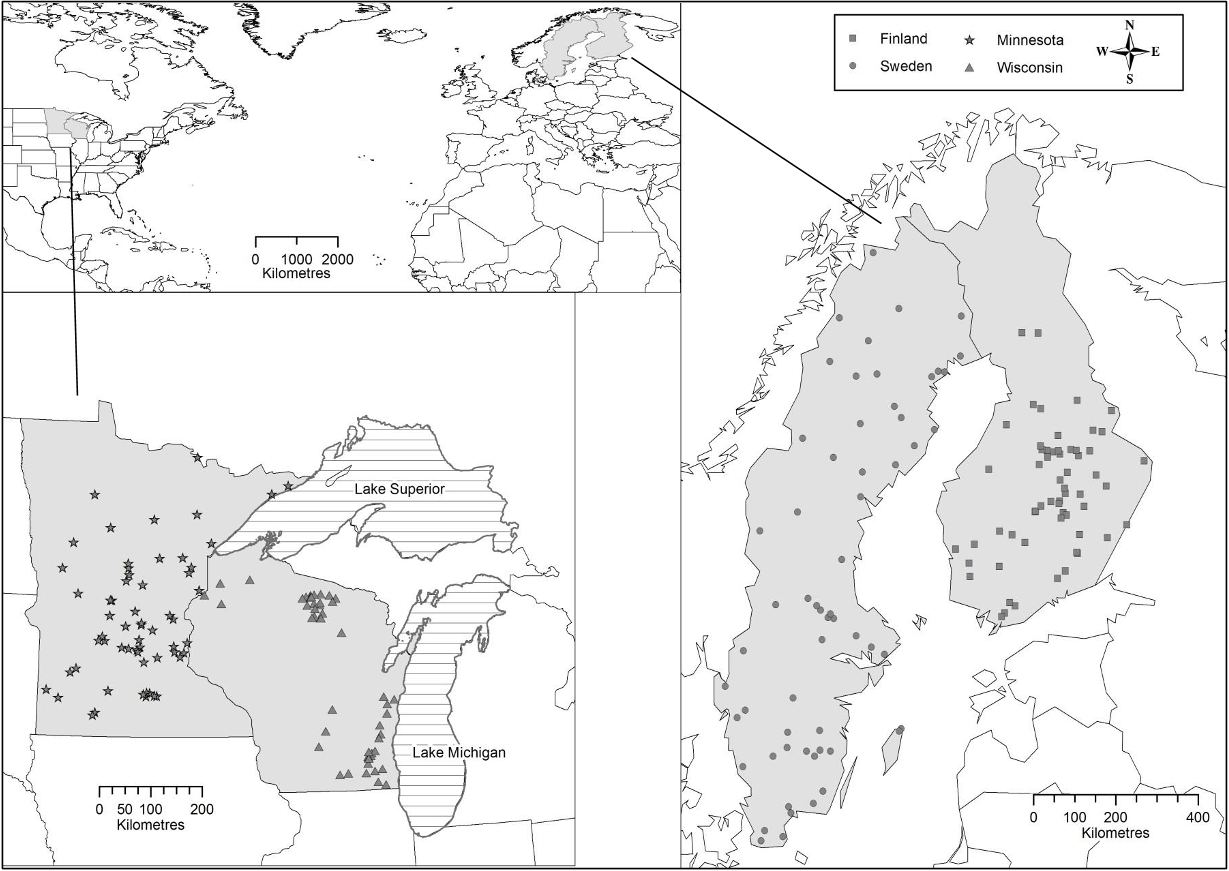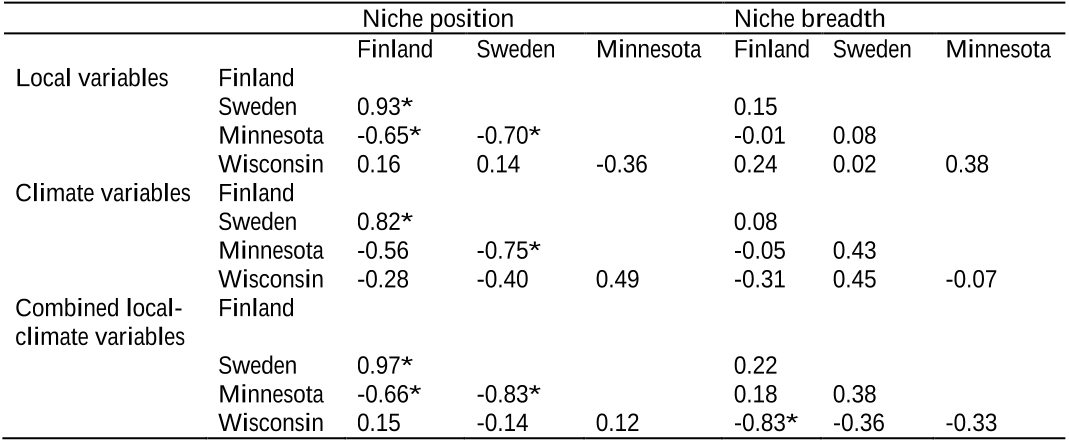




Did you find this useful? Give us your feedback










114 citations
...…related to, for example, ecosystem functioning (Symstad et al., 2003) and resilience (Folke et al., 2004), biogeographical regionalization (Divisek et al., 2016), niche conservatism (Alahuhta et al., 2017), species conservation (Brooks et al., 2008) and ecosystem services (Naidoo et al., 2008)....
[...]
..., 2016), niche conservatism (Alahuhta et al., 2017), species conservation (Brooks et al....
[...]
54 citations
35 citations
34 citations
22 citations
...Another line of evidence comes from a recent study showing that the niche of aquatic plants is not conserved among different regions (Alahuhta et al., 2017)....
[...]
102 citations
87 citations
87 citations
87 citations
87 citations
...For example, wide variation in 89 influential chemical and physical characteristics typically exists within a small geographical area 90 (Elser et al. 2007), and species respond to these major environmental gradients (Bennett et al. 2010, 91 Sharma et al. 2011, Alahuhta and Heino 2013)....
[...]
...However, these 384 relationships were region-specific (see also Alahuhta and Heino 2013, Alahuhta et al. 2014)....
[...]